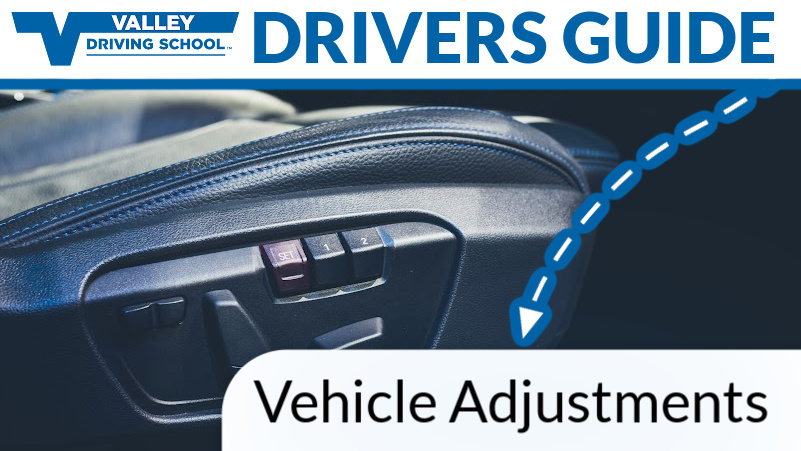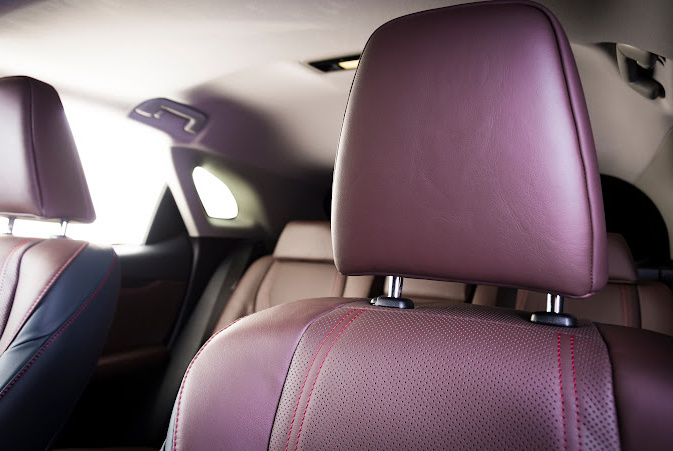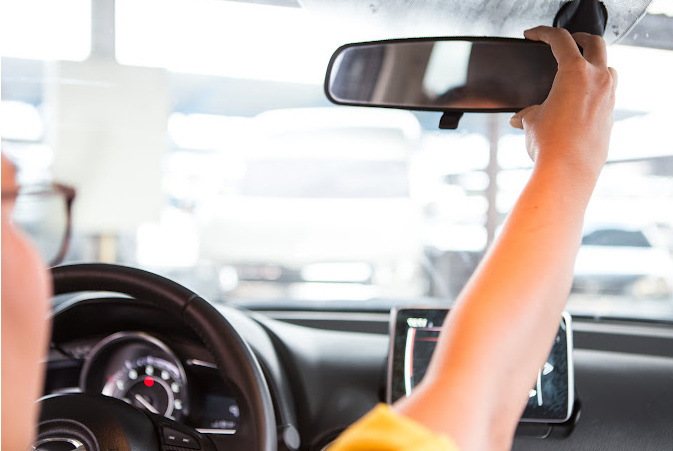Ever felt uncomfortable or cramped while driving? It could be as simple as your sitting position and mirrors needing to be adjusted. From seat position to mirror alignment, even the smallest adjustments can significantly impact your comfort and safety.

This comprehensive guide will walk you through the essential steps to optimize your vehicle's settings for maximum comfort, control, and visibility. Let's dive in and discover how simple tweaks can make a world of difference in your driving journey.
Seat Adjustment for Comfort and Control
Adjusting your vehicle to achieve optimal comfort and safety is a fundamental step before embarking on any journey. Make it a habit to check and readjust these settings whenever you switch vehicles or share your car with others. Everyone's preferences may vary, so take the time to find the positions that suit you best and offer optimal comfort and safety.
The driver's seat serves as the primary point of contact between you and your vehicle. Proper seat adjustment is essential to maintain comfort and control. Adjust the seat height to ensure a clear view of the road ahead. Your hips should be at the same level as, or slightly higher than, your knees. This helps reduce strain on your lower back and promotes better visibility.

Slide the seat forward or backward to ensure your knees are slightly bent when your foot is on the brake pedal. Aim for a comfortable distance from the pedals that allows easy access and control. Adjust the seat back angle to support a relaxed posture. A slightly reclined position reduces strain on your back and minimizes the risk of fatigue during long drives. Many modern vehicles offer adjustable lumbar support. Experiment with different settings to find the one that provides optimal lower back support and minimizes discomfort.
Properly adjusting the head restraints, or headrests, is vital for minimizing the risk of whiplash injuries in the event of a collision. There are two important factors to consider when adjusting your headrest: height and distance. Position the head restraint so that the middle of it aligns with the top of your ears, which will help prevent excessive head movement and provides better protection against whiplash. Adjust the distance between the back of your head and the head restraint so there is minimal space between them to effectively support your head during sudden deceleration.
Seat Belt for Safety and Security
The seat belt is an important safety feature in your vehicle, and wearing it properly can save lives. The shoulder belt should fit snugly across the middle of your shoulder and chest, without crossing your neck or sliding off your shoulder. Adjust the height of the belt anchor point if possible. The lap belt should be positioned low across your hips, touching your thighs. Avoid placing it too high on your abdomen, as it can cause severe internal injuries during a collision.
Ensure the seat belt is properly tensioned. It should be tight enough to prevent excessive movement but still allow comfortable breathing and freedom of upper body movement.
Mirrors for Maximum Visibility
Properly adjusting your mirrors is essential for maintaining a clear view of the surrounding traffic. Each mirror is important and should be positioned properly before driving your vehicle.
Position the rearview mirror to provide a clear, unobstructed view through the rear window. Adjust it to minimize the glare from headlights behind you. Rearview mirrors also have a night-driving position. This is typically adjusted with the “tab” on the mirror, and all it does is adjust the light trajectory from headlights behind you so it doesn’t glare into your eyes. You are still able to use the rearview mirror as usual, but without any headlights shining right at you!

When it comes to the side mirrors, you want to adjust them so that you can see a small portion of your own vehicle's side in the inner edge of each mirror. The majority of the mirror's field of view should display the adjacent lanes, minimizing blind spots.
Consider installing additional blind spot mirrors to further enhance visibility and reduce blind spots. These small convex mirrors can be affixed to the side mirrors and provide a wider angle of view, helping you detect vehicles in your blind spots. Make fine adjustments to your mirrors while driving, if necessary, to ensure optimal visibility. This includes checking blind spots by briefly glancing over your shoulder before changing lanes or making turns.
Steering Wheel Adjustments
While often overlooked, proper steering wheel adjustment can also contribute to comfort and safety. Your arms should be slightly bent when your hands are at the 9 and 3 o'clock positions on the steering wheel. Keeping a slight bend in your arms can help reduce strain on your shoulders and arms. The steering wheel, if equipped with an airbag, should be kept at least 25 cm away from your body.
Many modern vehicles allow you to adjust the steering wheel's tilt. Experiment with different angles to find the position that feels most comfortable and provides the best visibility of the dashboard instruments.
-
By taking a few extra moments to adjust your car properly, you can greatly enhance your driving experience, reduce the risk of injuries, and contribute to a safer road environment for yourself and others. The next time you get behind the wheel, prioritize these adjustments and drive with confidence, knowing that you've optimized your car for both comfort and safety.
